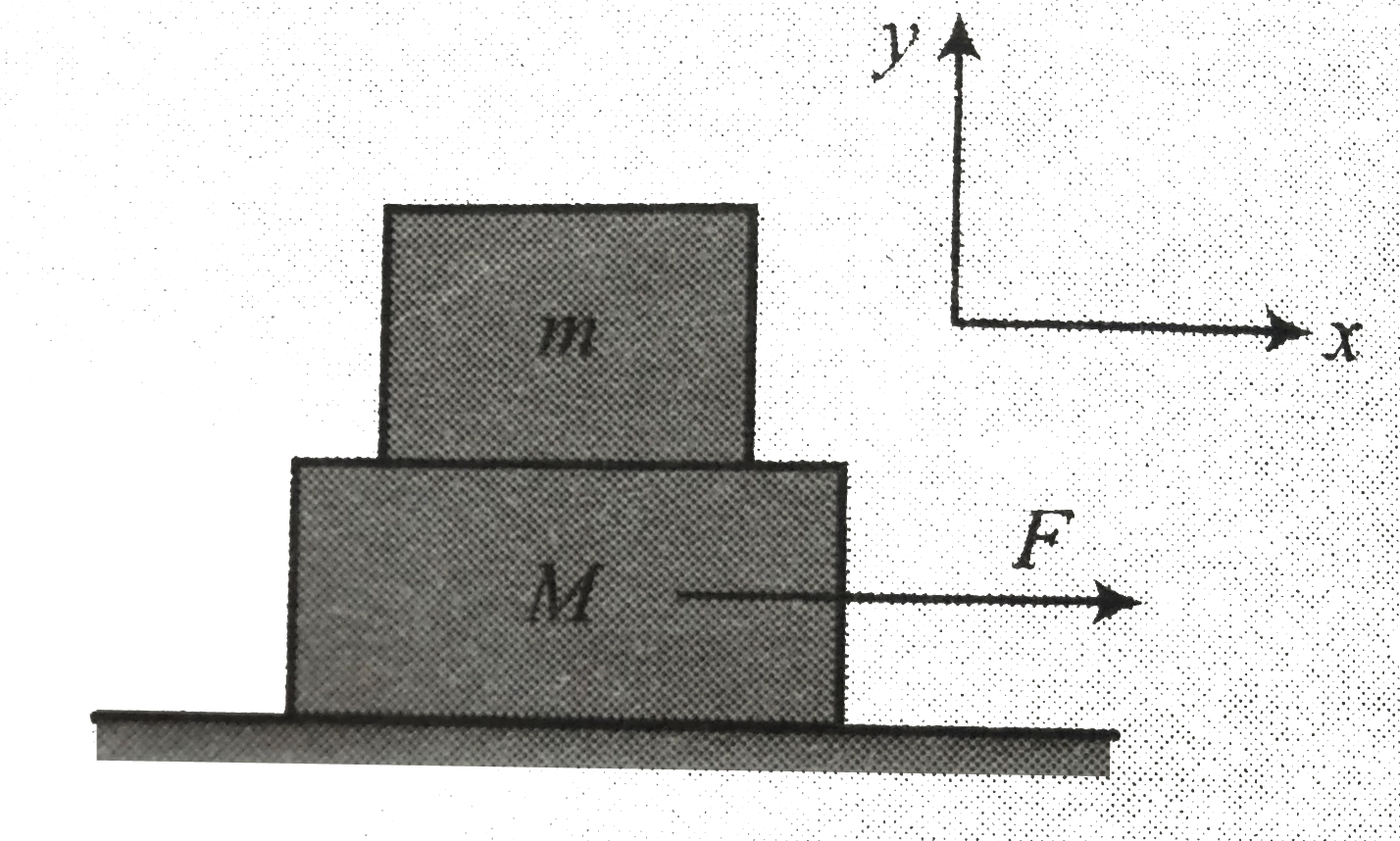When a constant force is applied to a body, it moves with unifrom
Acceleration
Velocity
Speed
Momentum
The correct Answer is:A
To solve the question, we need to analyze the relationship between force, mass, acceleration, velocity, speed, and momentum when a constant force is applied to a body. Let's break it down step by step:
1. Understanding the Given Information:
- We know that a constant force is applied to a body.
- We need to determine which of the following quantities remains constant: acceleration, velocity, speed, or momentum.
2. Using Newton's Second Law:
- According to Newton's Second Law, the relationship between force (F), mass (m), and acceleration (a) is given by the equation:
F=m⋅a
- If the force (F) is constant and the mass (m) of the body is also constant, then the acceleration (a) must also be constant.
3. Analyzing Acceleration:
- Since the force is constant and mass is constant, we conclude that:
a=Fm
- Therefore, acceleration remains constant when a constant force is applied.
4. Analyzing Velocity:
- Velocity is defined as the rate of change of displacement. If acceleration is constant and non-zero, the velocity of the body will change over time.
- Thus, velocity does not remain constant.
5. Analyzing Speed:
- Speed is the magnitude of velocity. Since velocity is changing (as established in the previous step), speed will also change.
- Therefore, speed does not remain constant.
6. Analyzing Momentum:
- Momentum (p) is defined as the product of mass and velocity:
p=m⋅v
- Since mass is constant and velocity is changing, momentum will also change.
- Hence, momentum does not remain constant.
7. Conclusion:
- Among the four quantities (acceleration, velocity, speed, and momentum), only acceleration remains constant when a constant force is applied to a body.
Final Answer:
The correct option is acceleration.
---
- We know that a constant force is applied to a body.
- We need to determine which of the following quantities remains constant: acceleration, velocity, speed, or momentum.
- According to Newton's Second Law, the relationship between force (F), mass (m), and acceleration (a) is given by the equation:
F=m⋅a
- If the force (F) is constant and the mass (m) of the body is also constant, then the acceleration (a) must also be constant.
- Since the force is constant and mass is constant, we conclude that:
a=Fm
- Therefore, acceleration remains constant when a constant force is applied.
- Velocity is defined as the rate of change of displacement. If acceleration is constant and non-zero, the velocity of the body will change over time.
- Thus, velocity does not remain constant.
- Speed is the magnitude of velocity. Since velocity is changing (as established in the previous step), speed will also change.
- Therefore, speed does not remain constant.
- Momentum (p) is defined as the product of mass and velocity:
p=m⋅v
- Since mass is constant and velocity is changing, momentum will also change.
- Hence, momentum does not remain constant.
- Among the four quantities (acceleration, velocity, speed, and momentum), only acceleration remains constant when a constant force is applied to a body.
The correct option is acceleration.
Topper's Solved these Questions
- NEWTONS LAWS OF MOTIONBOOK - ALLENCHAPTER - NEWTONS LAWS OF MOTIONEXERCISE - EXERCISE-III
28 Videos
- NEWTONS LAWS OF MOTIONBOOK - ALLENCHAPTER - NEWTONS LAWS OF MOTIONEXERCISE - EXERCISE-I
52 Videos
- NEWTON'S LAWS OF MOTION & FRICTIONBOOK - ALLENCHAPTER - NEWTON'S LAWS OF MOTION & FRICTIONEXERCISE - EXERCISE (JA)
4 Videos
- RACEBOOK - ALLENCHAPTER - RACEEXERCISE - Basic Maths (Wave Motion & Dopplers Effect) (Stationary waves & doppler effect, beats)
24 Videos
Similar Questions
When a force is applied on an object and if the body moves in the direction of applied force, work is said to be done.
View SolutionA mass m is palced on a body of mass M. There is no friction anywhere. Force F is applied on M and it moves with acceleration a. Find the force (along x-axis) on the top body.

View SolutionThree identical cubes each of mass m are place on a smooth horizontal surface.A constant force F is applied on A as shown in the figure.The force on B applied by C is
View SolutionWhen a conservation force does positive work on a body, then the
View SolutionFind the velocity of the moving rod at time t if the initial velocity of the rod is zero and a constant force F is applied on the rod.Neglect the resistance of the rod.

View SolutionIf force F is applied on a body and it moves with a velocity v, the power will be
View SolutionA constant retarding force of 50 N is applied to a body of mass 20 kg moving initially with a speed of 15ms−1 How long does the body take to stop ?
View SolutionA constant retarding force of 50 N is applied to a body of mass 20 kg moving initially with a speed of 15ms−1. How long does the body take to stop ?
View SolutionWhen force applied on an object causes it to moves in the direction of force
View Solution(Answer the following questions briefly and to the point :)
A constant retarding force of 100 N is applied to a body of mass 10 kg moving initially with a speed of 30 ms−1. What is the retardation of the body ?
View Solution
